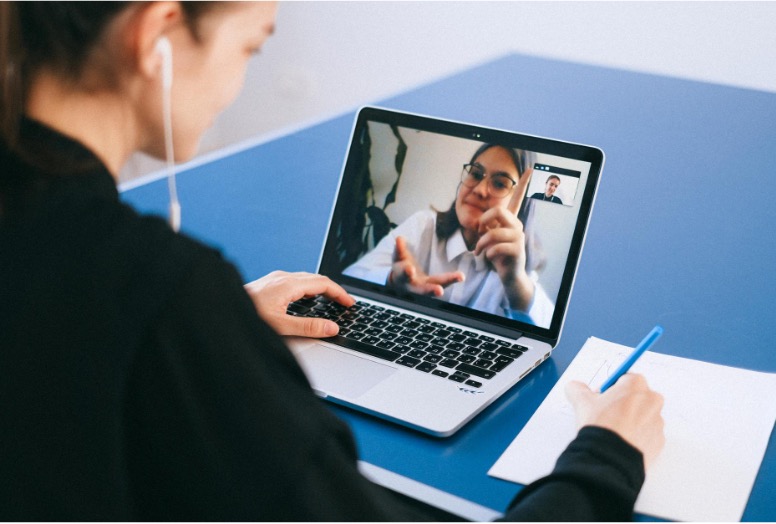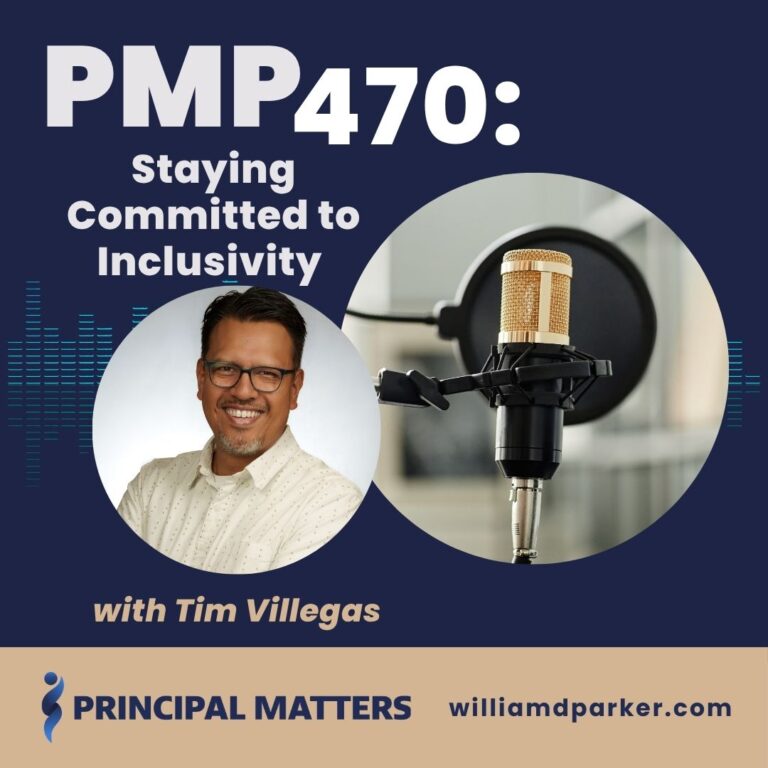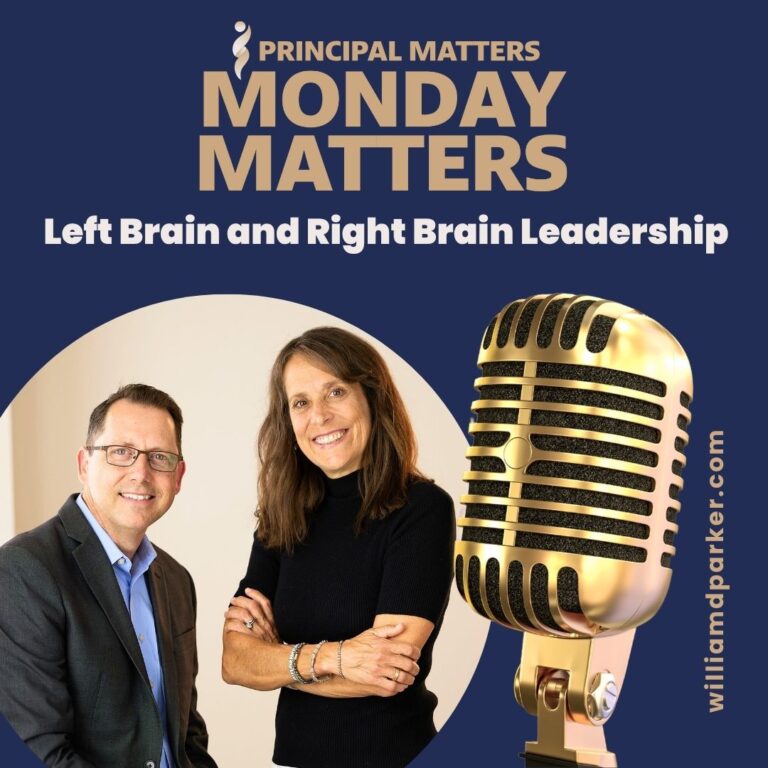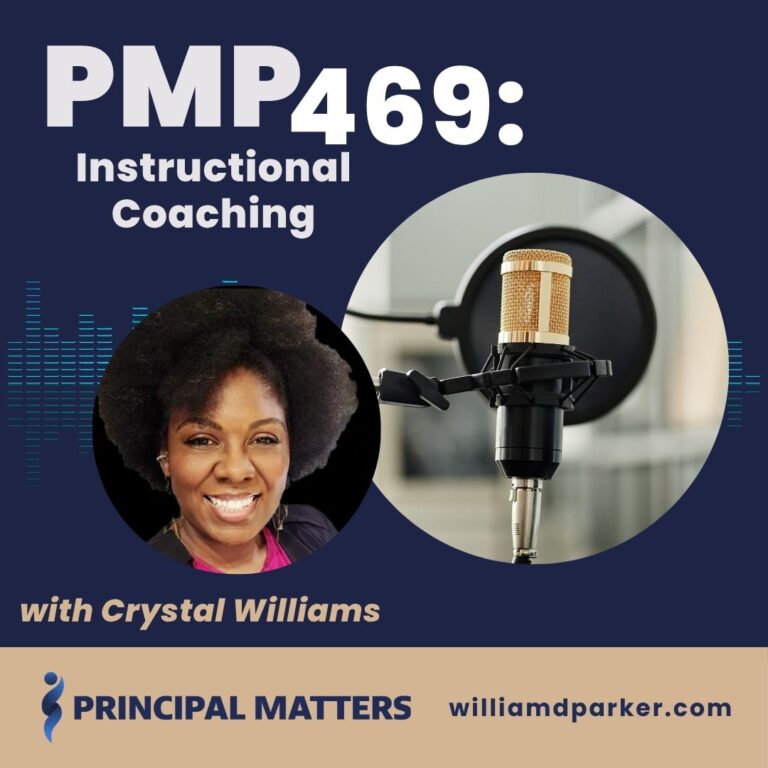Podcast: Play in new window | Download
Last week I talked a high school principal who told me she has already referred more students than normal to therapists and counselors for social emotional supports for this time of year.

I imagine you are more aware than ever the anxiety surrounding the start of school for so many families. In addition, you have the added stress of trying reach families who may not be reaching back to you or who may be struggling with protocols or distance learning because of unknown barriers. For instance, how are you reaching out to families whose language or cultural situations may create additional barriers to doing school during a pandemic?
This week, I want to share a conversation with one of three authors who recently published the brief, Supports for Students in Immigrant Families.
Together we talk about the factors influencing education opportunities for children in immigrant families, what schools should be doing to serve them, and what practices school leaders should be avoiding.
Meet Carolyn Sattin-Bajaj

Carolyn Sattin-Bajaj is an Associate Professor in the Gevirtz Graduate School of Education at the University of California, Santa Barbara. Her research focuses on issues of educational access and equity for immigrant-origin students. Her work includes studies of school choice policies, the educational impacts of immigration enforcement, and school leaders’ responses to xenophobia and racism in schools.
Carolyn is author of Unaccompanied Minors: Immigrant Youth, School Choice, and the Pursuit of Equity, Matching Students to Opportunity: Expanding College Choice, Access and Quality (co-editor), Blueprint for School System Transformation: A Vision for Comprehensive Reform in Milwaukee and Beyond (co-editor) and Educating the Whole Child for the Whole World: The Ross School Model and Education for the Global Era (co-editor). She earned a Ph.D. and M.A. in international education from New York University. Prior to earning her doctorate, Carolyn worked on secondary school reform at the New York City Department of Education.
Supporting Students from Immigrant Families:
You can listen to the entire podcast episode for more helpful explanations and additional content. Below is a short summary of our conversation:
WDP: Welcome to Principal Matters. Fill in the gaps on that intro and tell us something else that may surprise listeners to know about you.
Carolyn: I’m originally from Connecticut, now living in California. In 2018-2019, I lived in Sydney and interviewed school leaders in New South Wales about ways they are dealing with racism.
WDP: What prompted you and other researchers to publish Supports for Students in Immigrant Families?
Carolyn: This brief is part of a series of briefs being released by the Annenberg Institute at Brown University, partnering with Results for America as part of a larger initiative called EdResearch for Recovery. It started by reaching out to educators to find out what they were thinking about and asking where they needed help when planning for the re-opening of schools. Supports for immigrant students was one of the buckets of concerns that came up, so I was invited to work on a brief for supports for students in immigrant families along with Veronica Boix-Mansilla and Adam Strom. We came together to break down the issue and bring together research-based strategies for working with immigrant families (and those that districts should avoid).
WDP: As school leaders are reopening schools in a variety of ways during a pandemic, what are some key insights they should keep in mind?
Carolyn: Children in immigrant families include both first or second generation immigrants. First generation refers to children who themselves are immigrants, while second generation means U.S.-born children of immigrants. In total, 14% of the U.S. population are immigrants and 25% of school-aged children in the U.S. are immigrant-origin, but only around 10% of these students are immigrants themselves (first generation). Communication is front and center of supporting children in immigrant families. If students cannot access information, they cannot engage. Schools cannot rely on just one mode of communication. Use various modes, and when possible, in the languages of the people whom you are trying to reach. Religious and social organizations are potential partners for schools seeking to reach immigrant families as well.
Also, consider your policies on distance learning. What if seven people are living in a one bedroom apartment? A child may not want to have his or her video on during distance learning if they or their family members don’t feel their privacy is protected. The more you can create advisory groups of people you are serving, you may be aware of some unintended consequences of distance learning policies and practices.
Schools should also consider the implications of expecting a major role for parents in supervising and helping children with school work at home. If a parent is not familiar with the types of assignments or is unable for any number of reasons (language barrier, education level, work demands) to help, school may want to readjust the kinds of work you are assigning or ensure that after-school and tutoring supports are offered. Also, keep in mind the kinds of trauma and anxiety immigrant students are facing. The pandemic has compounded many of the issues, including fear of deportation, that many families were facing before the pandemic. How can we make sure they have the emotional supports they need?
WDP: I believe your last book focuses on the mixed results of school choice options in New York City. With more states moving toward school choice options, what takeaways have you seen for diverse populations and state policies?
Carolyn: A common thread between my former work and what is happening now is the assumption that creating an opportunity means that everyone has equal access to that opportunity. As a school choice researcher, I explore how to make opportunities more equitable. Applying that to the pandemic, consider what happens when a school provides a student with an iPad. Giving kids an iPad doesn’t mean you’ve solved all the problems. What if they do not have access to Wifi? We must understand the implications of the decisions we are making, and the obstacles are not evenly distributed.
In terms of best reaching students and families and meeting their needs, so much of this is relationship driven. By relying on trusted figures within your school community, you may be able to leverage those relationships as well to make sure you are reaching all students.
WDP: Thank you so much for sharing these takeaways with Principal Matters listeners. Where can listeners find more information or connect with your work?
Carolyn: The best way to stay connected is through the UC Santa Barbara, the Gervitz School faculty website. Look for Dr. Carolyn Sattin-Bajaj.Let’s Wrap This Up
As you are beginning your new school year (in whatever way that looks for you), I am sure your teachers and staff are excited to reconnect with students. Schools across the U.S. are experiencing the joys and anxieties of serving during a pandemic. One question I’m sure you are also asking is: Who is not here?
Now It’s Your Turn
If you have students from immigrant families, how can you reach out to those family members in ways they may better understand? Who are trusted persons from within the community who may be a strong liaisons from your school? What other supports than just technology may families need in order to make learning work during a pandemic? Thanks again for serving your school communities and doing what matters!




